Francois Boucher:
192 Master Drawings
By Blagoy Kiroff First Edition ***** Francois Boucher: 192 Master Drawings ***** Copyright 2015 by Blagoy Kiroff
Foreword
F ranois Boucher was French Rococo painter, engraver, and designer, who best represent the frivolity and elegant showiness of French court at the 18th century. He was for a short time a pupil of Fransois Lemoyne and in his early years was closely connected with Watteau, many of whose pictures he engraved. In 1727-31 he was in Italy, and on his return was soon busy as a versatile fashionable artist. His career was hugely successful and he received many honours, becoming Director of the Gobelins factory in 1755 and Director of the Academy and King's Painter in 1765. He was also the favourite artist of Louis XV most famous mistress, Mme de Pompadour, to whom he gave lessons and whose portrait he painted several times. Boucher mastered every branch of decorative and illustrative painting, from colossal schemes of decoration for the royal chateaux of Versailles, Fontainebleau, Marly, and Bellevue, to designs for fans and slippers.
In his typical paintings he turned the traditional mythological themes into wittily indecorous scenes galantes, and he painted female flesh with a delightfully healthy sensuality, notably in the celebrated Reclining Girl (Alte Pinakothek, Munich), which probably represents Louisa O'Murphy, mistress of Louis XV. Towards the end of his career, as French taste changed in the direction of Neoclassicism, Boucher was attacked, notably by Diderot, for his stereotyped colouring and artificiality; he relied on his own repertory of motifs instead of painting from the life and objected to nature on the grounds that it was 'too green and badly lit'. Certainly his work often shows the effects of superficiality and overproduction, but at its best it has irresistible charm and great brilliance of execution. Qualities he passed on to his most important pupil, Fragonard. Boucher the painter was no less prolific or varied as a draftsman. Drawings played a massive amount of roles in the preparation of paintings and as designs for printmakers, as well as being created as finished works of art for the growing market of collectors.
For his major canvases, Boucher followed standard studio practices of the time, working out the overall composition and then making chalk studies for individual figures, or groups of figures. Two Winged Putti, for example, is a study for a pair of Boucher's trademark dimpled Putti in the foreground of Apollo Revealing His Divinity to Iss (1750, Muse des Beaux-Arts, Tours). Oil and gouache sketches were also common components of Boucher's working process in the preparation of major commissions, although over the course of his career he increasingly made sketches as independent works. The Adoration of the Shepherds, a free and painterly sketch in gouache, was long considered a preparatory sketch for Madame de Pompadour's private altarpiece La lumire du monde (ca. 1750, Muse des Beaux-Arts, Lyon). Vertumnus and Pomona dates to the last decade of his career when he began to favor brown chalk, a fabricated medium, beginning with an etching he made in 1727 after a painting by Watteau of the same subject.
Boucher was an incredibly productive artist, making thousands of drawings both as sketches and finished works in chalk, ink, pastel, preparing drawings for engraving, designing tapestries and painting in oils. His drawing mediums included pen and ink, chalk, pastel, sanguine and trois crayons technique. Drawing revealing the artist at work and allows even the modern viewer to see the artist's hand in action. One of the most notable things about Boucher's superb draughtsmanship is energetic, economical line. Grace, beauty and power combine with a striking inner force. Boucher handles details easy, he describes the essential form in just a few marks, with just enough tone used to suggest the form and the features conveyed accurately but efficiently.
At the same tame in Boucher's drawing the observer will notice that the energetic mark-making describes a solidly understood form and precisely observed detail. The learner of drawing will have much to get from this book.
Drawings and Prints

A Young Shepherdess Presenting A Rose To An Admirer Black and red chalk heightened with white

Detail

Detail

Playful Amours Black chalk and touches of two shades of blue and red pastel, heightened with white, within brown ink framing lines

Detail

Study For The Frontispiece To Le Btiment De Saint-Sulpice Pen and gray ink and wash within pen and black ink framing lines

Detail

Detail

The Virgin and Child Black and white chalk and pastel, within brown ink framing lines

Detail

Neptune Rescuing The Water Nymph Amymone From A Pursuing Satyr: Allegory Of Water Black chalk with stumping heightened with white on blue paper

Detail

Detail

Aurora Seducing The Sleeping Hunter Cepahalus Black chalk with stumping heightened with white on blue paper

Detail

Detail

Study Of A Boy Sheltering Behind An Arm Black, red and white chalk, within black chalk framing lines


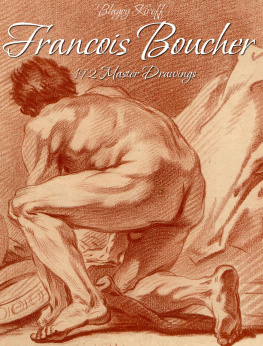
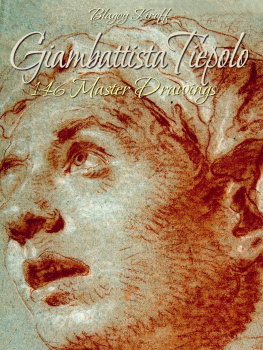

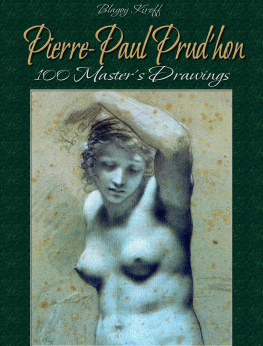


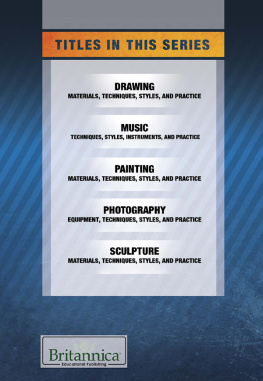


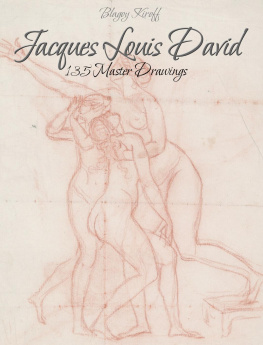
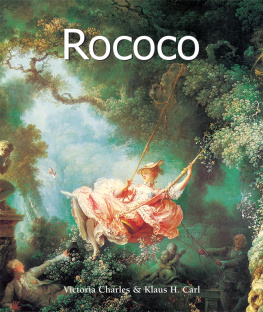

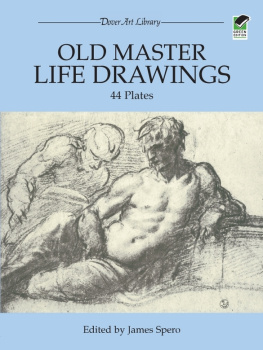
 A Young Shepherdess Presenting A Rose To An Admirer Black and red chalk heightened with white
A Young Shepherdess Presenting A Rose To An Admirer Black and red chalk heightened with white  Detail
Detail  Detail
Detail  Playful Amours Black chalk and touches of two shades of blue and red pastel, heightened with white, within brown ink framing lines
Playful Amours Black chalk and touches of two shades of blue and red pastel, heightened with white, within brown ink framing lines  Detail
Detail  Study For The Frontispiece To Le Btiment De Saint-Sulpice Pen and gray ink and wash within pen and black ink framing lines
Study For The Frontispiece To Le Btiment De Saint-Sulpice Pen and gray ink and wash within pen and black ink framing lines  Detail
Detail  Detail
Detail  The Virgin and Child Black and white chalk and pastel, within brown ink framing lines
The Virgin and Child Black and white chalk and pastel, within brown ink framing lines  Detail
Detail  Neptune Rescuing The Water Nymph Amymone From A Pursuing Satyr: Allegory Of Water Black chalk with stumping heightened with white on blue paper
Neptune Rescuing The Water Nymph Amymone From A Pursuing Satyr: Allegory Of Water Black chalk with stumping heightened with white on blue paper  Detail
Detail  Detail
Detail  Aurora Seducing The Sleeping Hunter Cepahalus Black chalk with stumping heightened with white on blue paper
Aurora Seducing The Sleeping Hunter Cepahalus Black chalk with stumping heightened with white on blue paper  Detail
Detail  Detail
Detail  Study Of A Boy Sheltering Behind An Arm Black, red and white chalk, within black chalk framing lines
Study Of A Boy Sheltering Behind An Arm Black, red and white chalk, within black chalk framing lines 